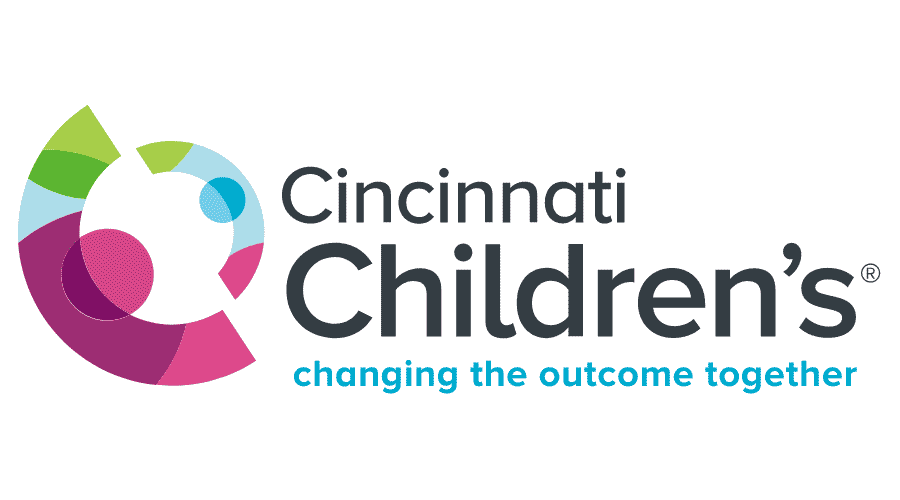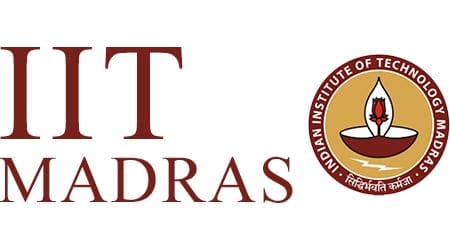
Cincinnati Children’s Hospital Medical Center (CCHMC) is a 700-bed pediatric hospital located in Cincinnati, Ohio
The Latest Bing News on:
Cincinnati Children’s Hospital Medical Center Research
- Proton therapy at Cincinnati Children's Hospital helps boy recover from brain tumor
A family in Tennessee is thanking a medical team at Cincinnati Children's Hospital who helped save their son's life.
- Small pump for kids awaiting heart transplant shows promise
A new type of surgically implanted pump that can support a child's failing heart has passed the first stage of human testing in a recent trial.
- Cincinnati Children's surgeries reach a 6-year high, hospital opens new surgery location
In 2023 pediatric surgeries were a 6-year high, leading Cincinnati Children's to acquire a new surgery building.
- Cincinnati Children's buys Walnut Hills medical facility for $8.7M
Cincinnati Children’s bought the Best Surgeries and Therapies building near Eden Park for $8.7 million. Cincinnati Children’s Hospital is announcing its ... In 2015, the Eden Park Medical Center LLC ...
- Cincinnati Children's completes construction on $11.2 million Centerville facility
Cincinnati Children’s Hospital is announcing the completion of a multimillion-dollar patient care expansion in Centerville. As of May 1, the entire 12,611-square-foot medical building it acquired in ...
The Latest Bing News on:
Cincinnati Children’s Hospital Medical Center Discovery
- 'Change for the future': Cincinnati moms work to lower death rates for Black mothers, babies
A group of Queens Village moms partnered with hospitals to end high Black mother, baby death disparities. They created MamaCertified.org.
- Proton therapy at Cincinnati Children's Hospital helps boy recover from brain tumor
A family in Tennessee is thanking a medical team at Cincinnati Children's Hospital who helped save their son's life.
- Three Cincinnati Reds stars visit kids at the Cincinnati Children's Hospital
Recently, Reds stars Spencer Steer, Nick Lodolo, and Fernando Cruz went to the Cincinnati Children's Hospital to visit some kids, and it was a great thing to see. There were big smiles on the faces of ...
- Myelin Sheath Damage Mediated by Epigenetic Remedy in Multiple Sclerosis
A new study shows that an inhibitor called ESI1 could potentially treat multiple sclerosis and other conditions associated with demyelination.
- Cincinnati Children's buys Walnut Hills medical facility for $8.7M
Cincinnati Children’s bought the Best Surgeries and Therapies building near Eden Park for $8.7 million. Cincinnati Children’s Hospital is announcing its ... In 2015, the Eden Park Medical Center LLC ...








